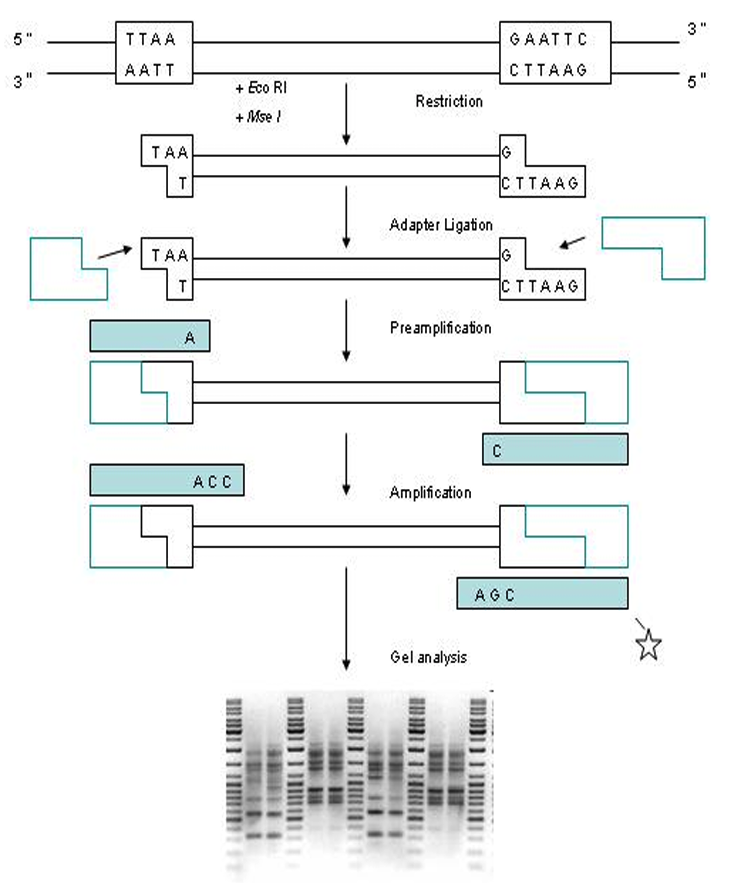VOLUME 2 NUMBER 1 (January to December 2009)

PSL. 2009 2 (1) 008-013
available online: April 11, 2009
FEATURE
Genetic fingerprinting: Advancing the frontiers of crop biology research
Philippine Rice Research Institute
Maligaya, Science City of Munoz, Nueva Ecija 3119
Genetic fingerprinting is one of the DNA-based techniques that have permeated a wide gamut of biological research, beginning with forensic biology and medicine and now extending to agriculture. The advent of polymerase chain reaction (PCR) ushered a revolutionary approach in producing genetic fingerprints, supplanting hybridization-based techniques. PCR-based methods can be accomplished using either arbitrary markers of unknown location in the genome or those markers that target specific genome sites. Among agricultural crops, rice and maize are the most intensively characterized for DNA markers. At present, genetic fingerprinting has also been applied in many aspects of crop biology, such as taxonomy and phylogeny, diversity analysis, hybridity testing, gene mapping, molecular breeding, and somaclonal variation. This paper describes genetic fingerprinting technology and discusses its applications in the major crops of the Philippines, highlighting the progress made by Filipino scientists.
© 2025 SciEnggJ
Philippine-American Academy of Science and Engineering